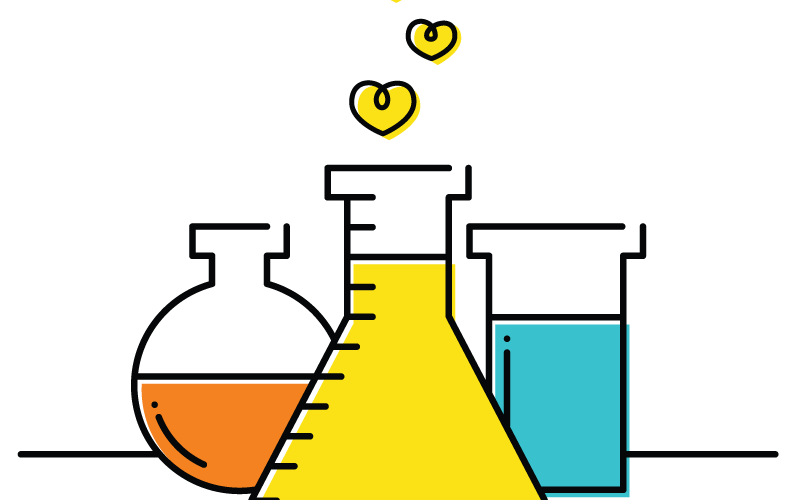The SAT and ACT once differed in several areas: The ACT was notable for testing scientific knowledge and reasoning, while the SAT left that material to more specialized subject tests. As of March 2016, however, the lines have blurred significantly. Following the SAT’s recent redesign, that exam now contains science questions.
If you have decided to make the SAT part of your path to college, but struggle with science or are just concerned with earning your best possible score, take some time during the summer months to learn about the science portion of the SAT.
Find out how to score high on the redesigned SAT
- Know where you’ll see science content
- The free information available on the internet is great for test preparation.
- If you are currently devising a plan of study, first review what will be on the exam.
- Weigh your preparedness with each type of science content
- With 40 percent of the reading questions drawn from scientific passages
- The writing and language portion will also require scientific reasoning.
- Overall, the SAT’s emphasis on science will be heavily tilted toward analysis and reasoning.
- Learn how scientists think – and strengthen your weaknesses
- One great way to improve your understanding of scientific reasoning is to examine great science.
- Your goal should not be to learn science facts, but instead to learn how good scientists think.
To score high students can use Socrato to practice online and get insights beyond scores. Socrato’s Companion Series helps you get the most from your Official Study Guide.










